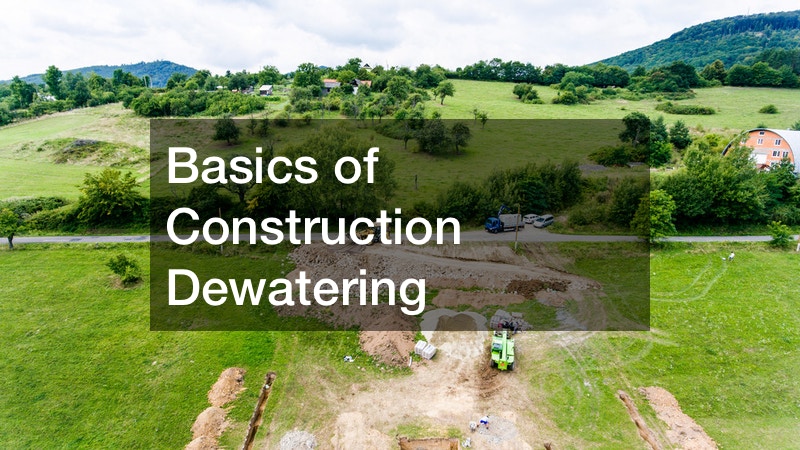

Construction dewatering is the process of draining an excavated area of water before construction. This article will discuss 4 types of dewatering methods you can use on your excavation site to prepare it for building.
Wellpoint Method
Wellpoint methods drain groundwater with small-diameter wells. These wells utilize a vacuum pump to rid the area of water. Wellpoint methods are good for shallow excavation sites. The deeper you go, the more wellpoints you need.
Eductor Wells
Eductor wells, also known as ejector wells, can reach depths over 50ft. These wells also utilize a vacuum pump to rid the area of groundwater. Eductor wells are especially good for silty sands, laminated silts, and fine clays because of their ability to control pore pressure.

Open Sump Pumping
Open sump pumping is the easiest and most inexpensive method for dewatering. A sump, or hole in the ground, is dug out and water collects in it. A vacuum pump or a series of vacuum pumps are then used to clear the area of groundwater.
Deep Wellpoint Method
Deep wellpoints, as the name suggests, are the best option for deep excavation sites. They use a series of drilled and/or jetted wells and electric submersible pumps to clear a site of groundwater.
Dewatering is crucial for the stability of the foundation of your build. To learn more about dewatering methods, contact a local dewatering company to evaluate your site.
.
